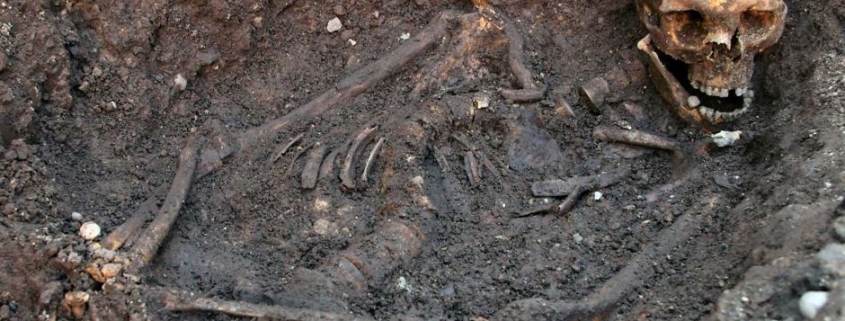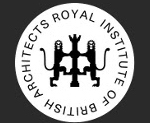Archaeology is a consideration in construction
This week the Leicester car park under which Richard III’s body was discovered has been given special protection as an archaeological site of national importance. Here Shaun Soanes explains why archaeology has become an increasingly important consideration of construction, development and refurbishment projects.
The Government, acting on the advice of heritage watchdog Historic England, has classed a car park at Greyfriars as a scheduled monument recognising the place where the last Plantagenet king of England was buried after his death at the Battle of Bosworth Field in 1485.
Richard III’s bones were interred in nearby Leicester Cathedral after they were found by university archaeologists in 2012. But they were only unearthed after the University Of Leicester received a tip off of the location of the 500-year-old English King’s corpse.
The discovery highlighted the importance of site surveys.
What are they?
Site surveys are inspections of an area where work is proposed, to gather information for a design or an estimate. It can determine a precise location, access, best orientation for the site and the location of obstacles.
The type of site survey and the best practices required depend on the nature of the project but common site surveys might include valuation, structural, condition and demolition surveys, geological, topographical and contamination surveys, ecology or archaeological.
Wherever possible, any information prepared or obtained should be in a format which can be readily shared and used, and should be stored and named in a way consistent with the long-term project and operational needs. This helps architects, design teams, construction professionals and planning officers.
Past and future
Protection of archeological remains, including historic buildings, has been a part of the British planning systems since the early 1990s and is now addressed by Section 12 of the National Planning Policy Framework. All designers of refurbishment or extension projects affecting ‘historic’ buildings, and all architects working on new buildings within areas that could be archeologically sensitive need to be aware of the requirements of the NPPF.
Part of our role is to advise our clients in their planning and listed building consent applications. After all, managed intelligently and with foresight, archeology need not inconvenience any construction project.
Why it’s important
The discovery of Richard III’s skeleton has led to the scheduling of the site to ensure that its long-term interests are placed first before any changes can be made. Scheduled Monument Consent must be obtained before any work or changes can be made once a site has been protected. That is in addition to any planning consent which may also be required.
Richard III was originally interred at the church of the Greyfriars, a 13th-Century monastic friary. The church appears to have been demolished during the reign of Henry VIII. But because much of the area was not built upon during the intervening centuries, it is believed Greyfriars remains relatively “well-preserved” underground, hence the car park discovery.
Heritage Minister John Glen, said: “The discovery of Richard III’s skeleton was an extraordinary archaeological find and an incredible moment in British history. By protecting this site as a scheduled monument, we are ensuring that the remains of this once lost medieval friary buried under Leicester are preserved for future generations.”
Duncan Wilson, the chief executive of Historic England, said the site of Greyfriars is one of the most significant in the country’s national history. “The archaeological remains on the site are now well understood and fully deserve protection as a scheduled monument,” he added. “The area of protection has been carefully considered and will be managed through both scheduling and planning controls in partnership with the council.”
Get it right first time
Properly anticipated and managed, archaeology will not inconvenience a development project nor add substantially to costs. Ignored or badly managed, it can derail the most ambitious of projects at any stage and affect the reputation of the professionals involved.
If you are carrying out any work on heritage sites, give us a call today.


 The Christies
The Christies 

